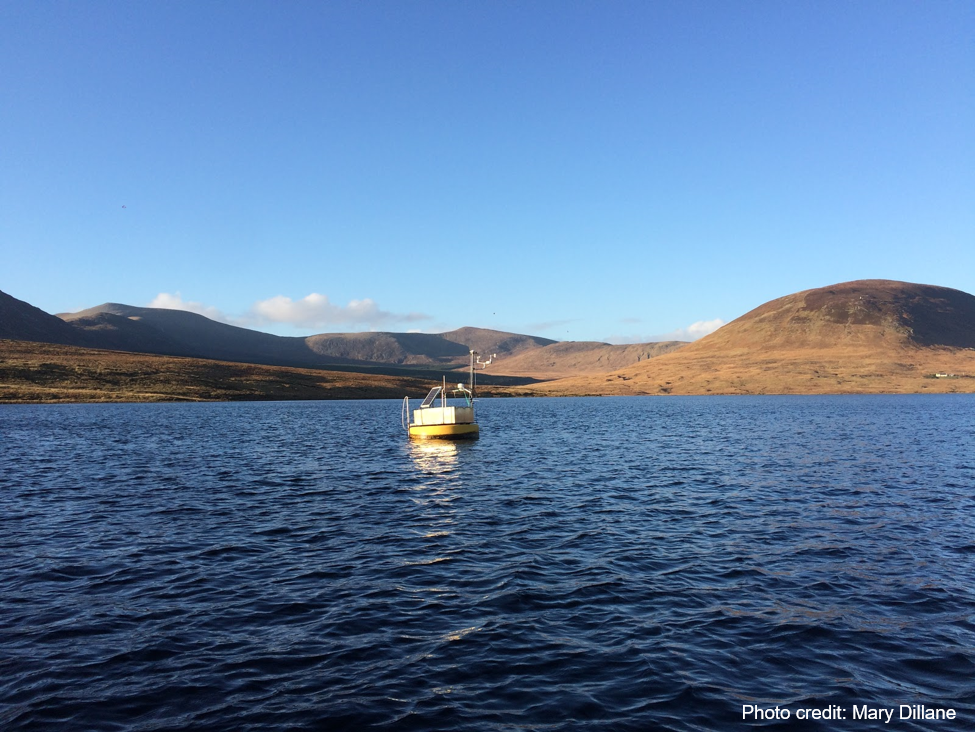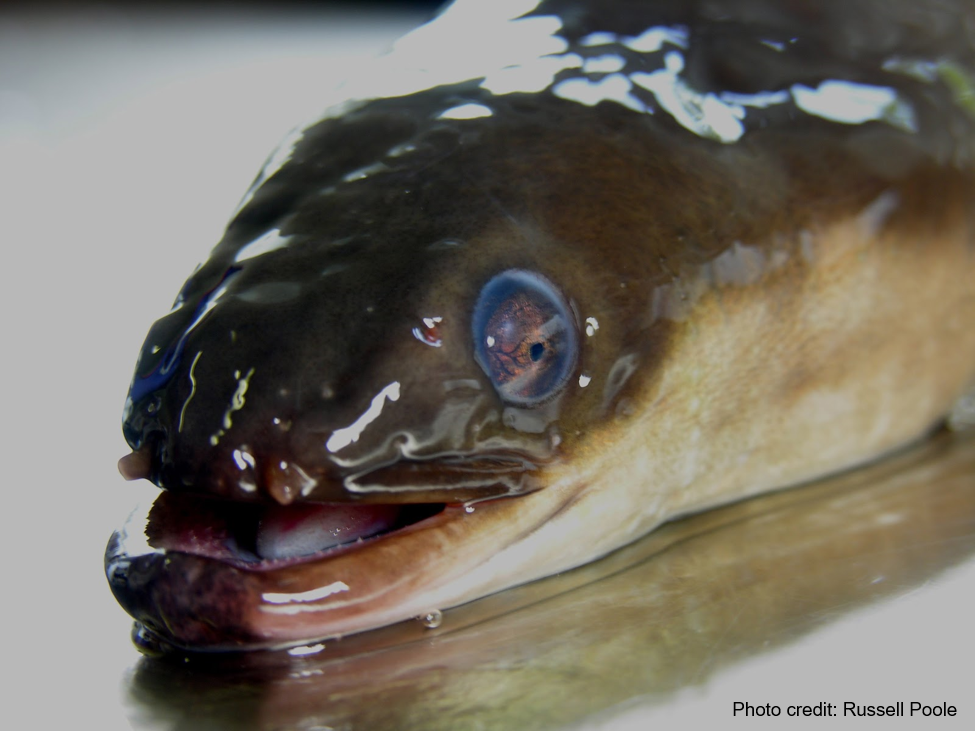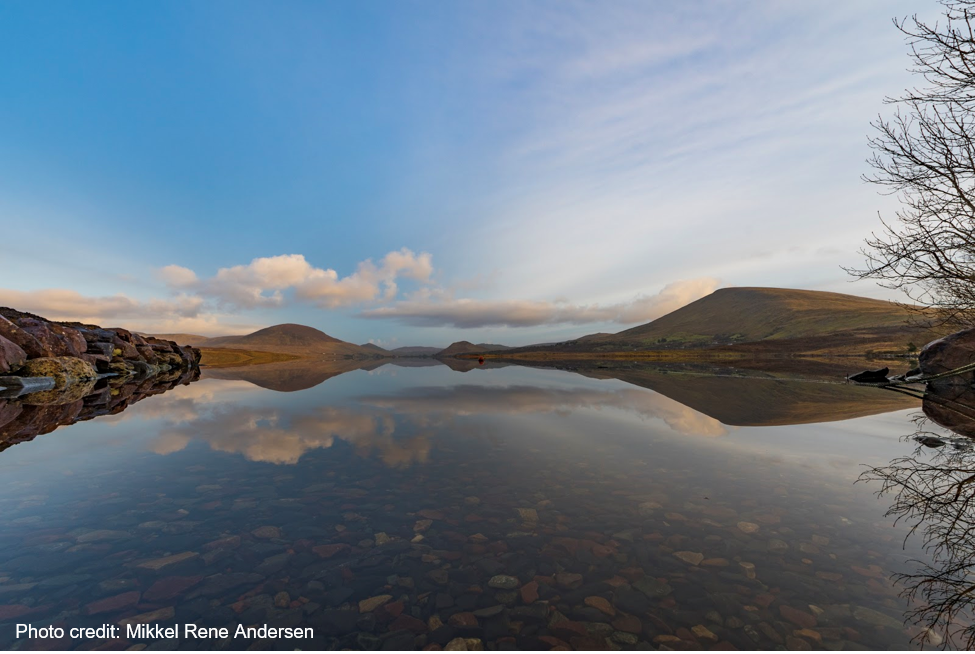September 22, 2020
This is the second installment in our ongoing series, “Forecast Spotlights”. The goal of this series is to highlight operational forecasts being conducted by our EFI members, how they got into forecasting, and lessons learned. You can see all the ecological forecast project examples shared on the EFI Projects webpage. If you have an iterative ecological forecast project that you’d like added to this list, you can create a profile for the project using this form.
This post highlights the forecasts developed by Elvira de Eyto and her collaborators, Andew French, Eleanor Jennings, and Tadhg Moore.

1. How did you get interested in ecological forecasting?
It started with the opportunity to do some work on short term (i.e. 5-7 days) forecasting of lake water quality through the PROGNOS project. We have had a high frequency monitoring station on a study lake (Feeagh) for close to 20 years, and we always knew that theoretically, the live data stream could be used to finetune or calibrate lake models at sub-daily time scales. The PROGNOS project funded a PhD student, Tadhg Moore (now completed), to explore this. Building from our experience with PROGNOS, we then moved into the seasonal forecasting domain, and started to adapt workflows for seasonal time scales.

2. What are you trying to forecast?
Dr. Andrew French is working on the WATExR project with us, and is building a forecasting workflow coupling seasonal forecasts with fish phenology models. We have a multi-decadal time series of fish movements in and out of the Burrishoole catchment, which Andrew is using to build a set of predictive models driven by meteorological data. The Burrishoole traps capture all seaward migrating Atlantic salmon, sea trout, and European eel. Understanding and being able to predict the seasonal drivers of these movements is really interesting from a biological and fishery management point of view. It is also a very good test of the current usefulness of seasonal forecasts for phenological models. Andrew and Tadhg are also using the seasonal forecast workflows to predict water levels and availability in the Mount Bold Reservoir in Australia. This is the largest reservoir in Australia, and supplies Adelaide. More info about both these case studies can be found here: https://watexr.eu/case-studies/

3. Who are the potential users or stakeholders for the forecasts you create?
The water quality and quantity forecasts are targeted at water managers, although they aren’t fully operational – a lot of what we were doing in PROGNOS and subsequently in WATExR was developing workflows which show “proof-of-concept” and highlighted some of the potential pitfall and technical difficulties that need to be overcome. The fish phenology models are targeted at fisheries managers, who may have it within their power to mitigate impacts of e.g. predation, water abstraction, and fishing pressures at key migration times of diadromous fish (i.e. fish that move from freshwater to marine habitats and vice versa). Knowing in advance when to expect these peak migration periods may help to minimise these impacts, and ensure maximum survival at key life stages.
4. What are the key lessons you have learned from your forecasts?
That things get complex really quickly! Also, that unless we think very specifically about uncertainties all along the workflow, the results may be meaningless, so making those uncertainties visible all along the process is really important when communicating the end results. This is particularly true for seasonal forecasting, with end users having very high expectations for what they are going to be able to receive, in terms of model outputs. The reality is that the usefulness of a seasonal forecast is dependent on the variable, geographic location, and season of interest.
5. What was the biggest or most unexpected challenge you faced while operationalizing your forecast?
For the lake water quality forecasts, we realised very early on that we hadn’t put enough thought into incorporating catchment processes in our initial PROGNOS project design, and this required some attention. For the fish phenology models, one of the initial challenges was matching historical fish time series with archived seasonal forecasts (or “re-forecasts”), so that the predictive performance of models could be evaluated – although we had almost 50 years of fish data, the seasonal forecasts didn’t reach back that far. With the release of ECMWF’s ERA5 reanalysis and the SEAS5 seasonal forecasts, we were able to evaluate re-forecasts back to 1993. Fortunately for us, our project partners at Universidad de Cantabria have developed the tools for evaluating seasonal forecasts in their Climate4R R package bundle, which made various technical challenges, such as statistical downscaling, a lot easier than they could have been.
6. Is there anything else you want to share about your forecast?
The fish phenology forecast, which will be submitted for publication shortly, has been developed with data from one small catchment in the west of Ireland. The next step would be to apply the workflow and methods across the native range of the species involved (the North Atlantic) to understand whether seasonal forecasts have a role to play in fisheries management over a large geographical range. Incorporating the lessons we have learned into scenarios driven by future climate projections will also be a really exciting prospect, as we seek to mitigate the impacts of climate change on diadromous fish.

PROGNOS was financed under the ERA-NET WaterWorks2014 Co-funded Call, Water JPI: (IE) EPA (Grant number: 2016-W-MS- 22); (SE) FORMAS; (DK) IFD; (Isreal) MoE-IL; (RO) RCN, with co-funding from the EU Commission. The WATExR project is part of ERA4CS, an ERA-NET initiated by JPI Climate, and funded by MINECO (ES), FORMAS (SE), BMBF (DE), EPA (IE), RCN (NO), and IFD (DK), with co-funding by the European Union (Grant number: 690462).
